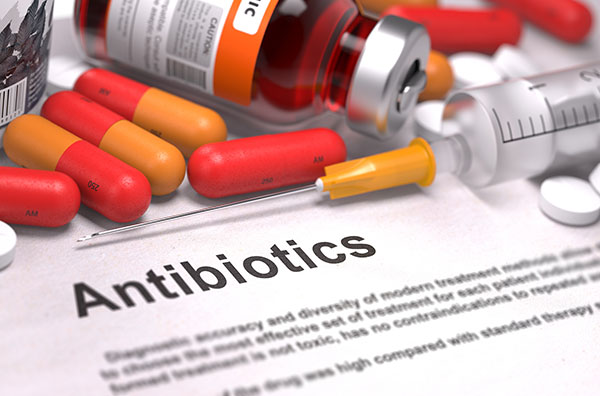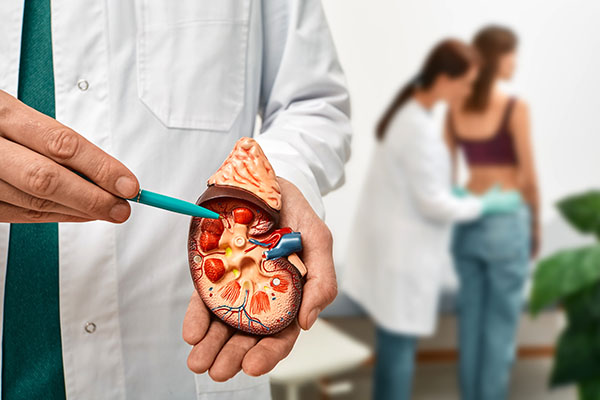
But now, physicists from Canada’s McMaster University have identified a mechanism that potentially deadly bacteria use for fighting off antibiotics for the first time. It’s a huge finding that provides valuable insight into the way germs behave and adapt, and it could lead to a significant breakthrough in fighting antibiotic resistance.
The scientists looked at how bacteria membranes interact with a common antibiotic, polymyxin B, which was once considered a last line of defense until it, too, became vulnerable to certain bacteria. By using techniques often employed by physicists in materials research and highly specialized equipment, they were able to capture images of individual molecules at a size of just one millionth of the width of a strand of hair.
They found precisely which part of the antibiotic goes into the bacterial membrane, along with its entry point and the depth of its penetration. After simulation processes, they discovered that when a bacterium gains resistance, its membrane becomes more rigid and its charge weakens, which makes it harder to penetrate. The researchers used a simple analogy: Normally, antibiotics can make their way into the bacteria with the same ease you might cut Jello, but once they gain resistance, it’s like cutting through rock.
New and effective solutions desperately needed
Modern medicine is based on antibiotics, and without them, many routine operations and medical issues that are relatively easy to resolve now could become fatal. As antibiotics stop working, we will be unable to fight common infections, leading to prolonged illnesses and ultimately death. Already, 70,000 people die each year of drug-resistant strains of bacterial infections.
It is estimated that 10 million people will die every year by 2050 due to antibiotic-resistant infections, outnumbering those who die from cancer and road traffic accidents combined. In addition to the human toll, the problem could result in a global GDP loss that exceeds $100 trillion by 2050.
Stemming the problem of antibiotic resistance
For now, prevention is the best measure. This means avoiding antibiotic use unless it is deemed absolutely necessary – and when prescribed by a doctor. Never pressure your doctor to give you antibiotics if it’s not necessary; remember that the more antibiotic treatments you get, the higher your risk is of developing antibiotic-resistant bacteria.
Double-check that your doctor is prescribing an antibiotic that is only effective against the particular type of bacteria you’re infected with, if possible. Antibiotics should not be used for viral infections like the common cold, most sore throats, or the flu. Never take old antibiotics, even if they were prescribed to you in the past, or any antibiotics belonging to someone else. Always ask your doctor if there is another way to relieve your symptoms besides antibiotics. When you do have to take them, make sure you take the entire prescription, even if you feel better.
You should also do everything you can to prevent infection in the first place, which means washing your hands frequently, especially when traveling or in contact with people who are sick.
Antibiotic overuse is the reason the world is facing the deadly superbug problem in the first place, and although it’s not possible right now to undo the damage, using antibiotics wisely can control the spread of resistance.
Sources for this article include:
Please contact us for more information.























